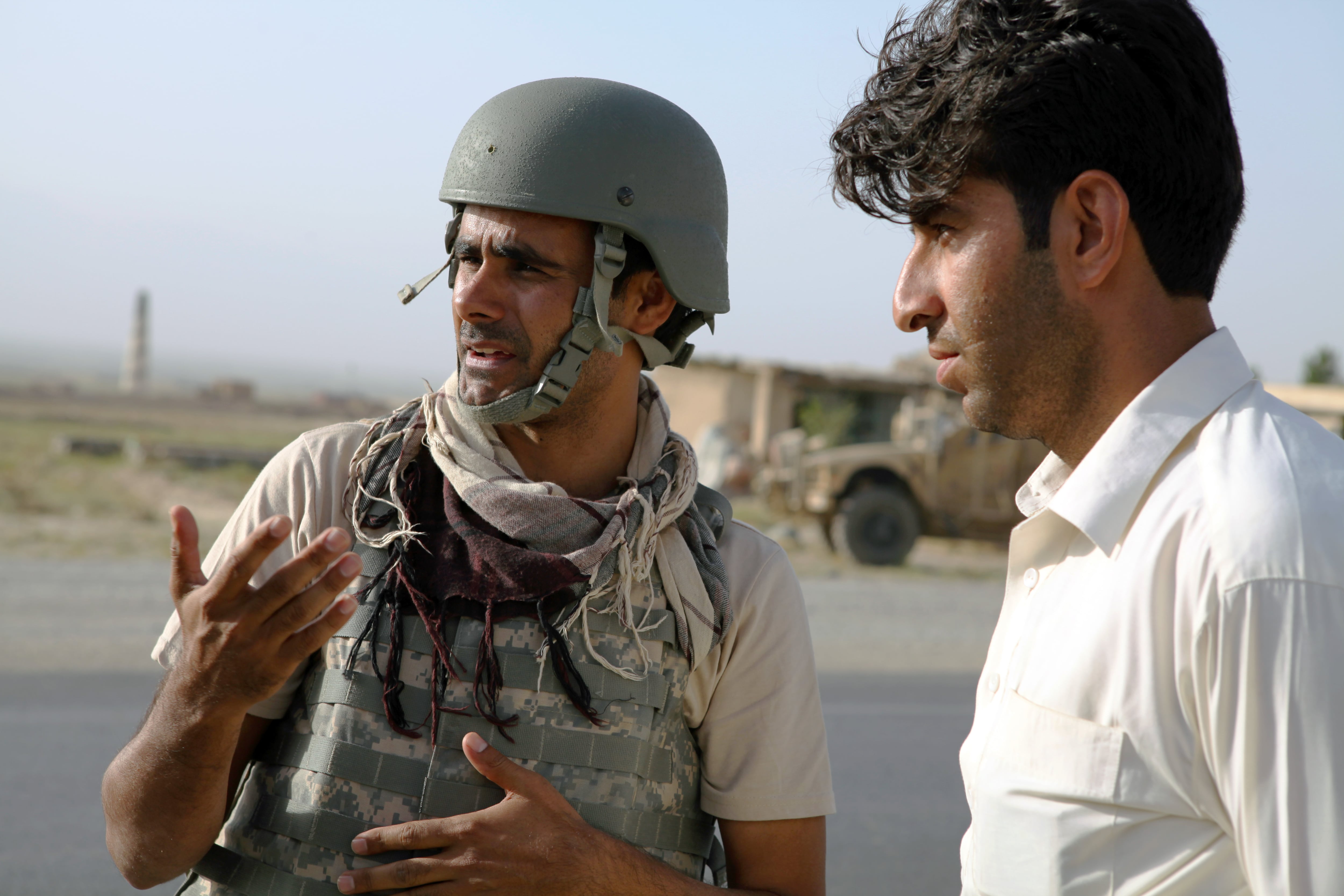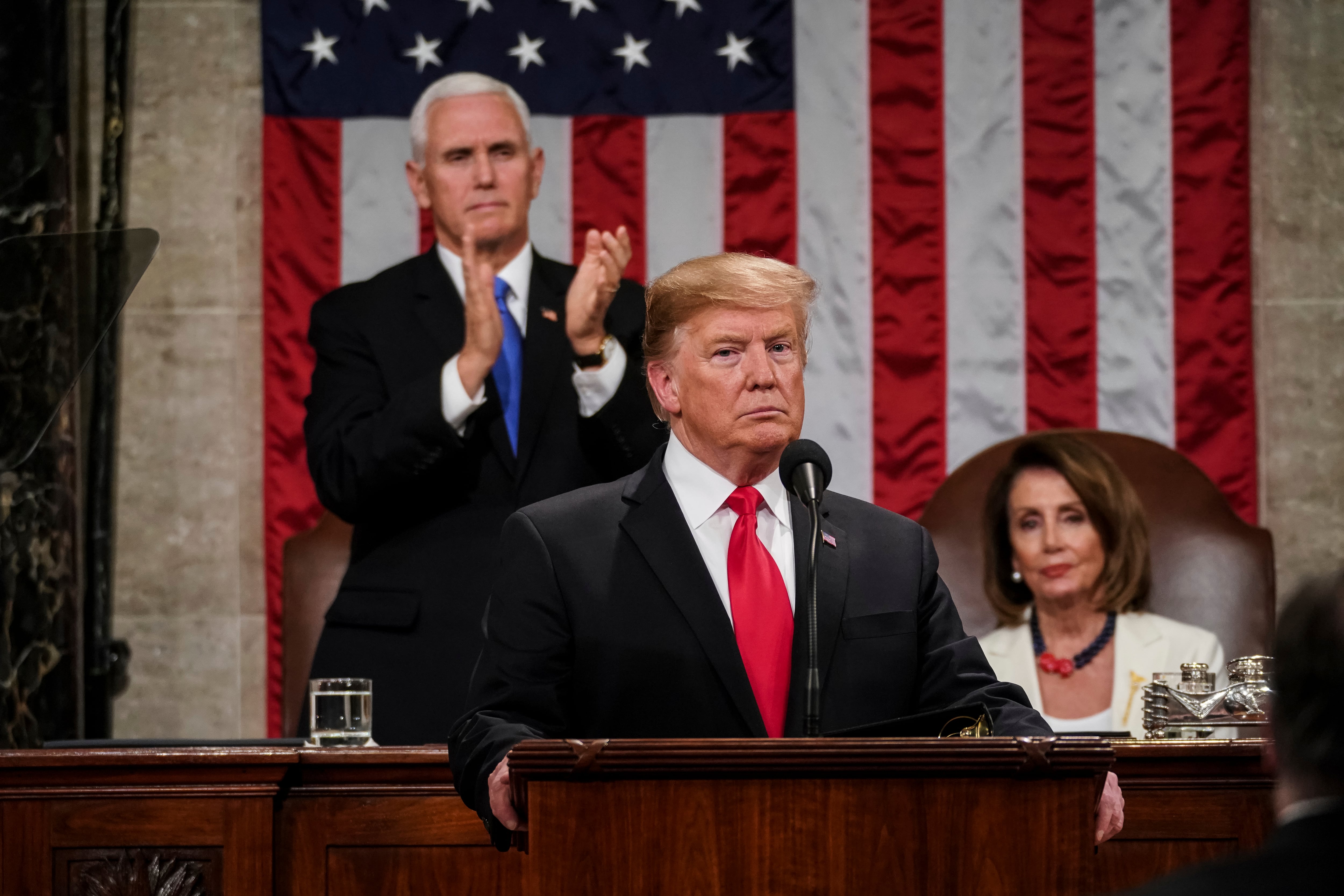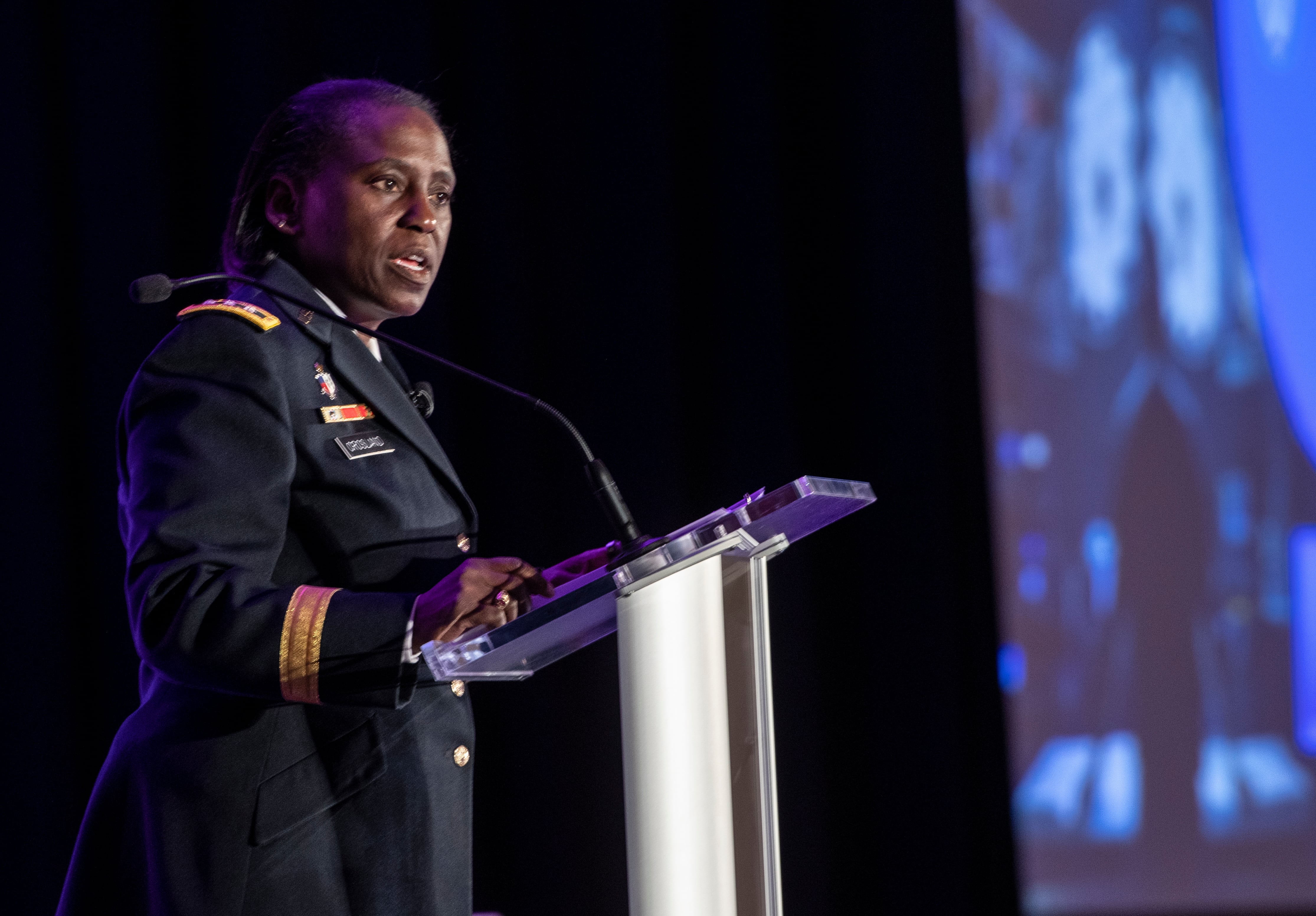The remaining 2,500 troops are set to pull out of Afghanistan before the 20th anniversary of 9/11, but U.S. support to that country’s military is likely to endure.
Though the Afghan government and its military/police organizations will be responsible for keeping the peace, that may continue to be at U.S. expense, Defense Secretary Lloyd Austin said during a NATO press conference on Wednesday.
“We will look to continue funding key capabilities, such as the Afghan air force and Special Mission Wing,” he said. “And we will seek to continue paying salaries for Afghan security forces.”
There may also continue to be a U.S. counter-terrorism presence “in the region,” he added.
“I think you’ll understand why I won’t get into specific details about where our counterterrorist assets may be positioned,” he said when asked how many troops that might be and where they would be based.
In addition to training, advising and assisting Afghan forces, U.S. troops have been deploying to the country to tamp down on terrorist presence, whether that’s lingering al-Qaida influence or the persistent threat of ISIS-K, the Afghanistan wing of the Islamic State.
That mission will continue, if not from within Afghanistan. The U.S. has the ability to target within the country from outside of it, Austin said.
“Our troops have accomplished the mission that they were sent to Afghanistan to accomplish,” he said. “And they have much for which to be proud.”
That mission was to run al-Qaida out of Afghanistan and prevent it from becoming a terrorist safe haven and training ground once again. Officials have said there will be consequences for the Taliban if they revert to harboring extremist groups.
“We cannot continue the cycle of extending or expanding our military presence in Afghanistan, hoping to create ideal conditions for the draw and expecting a different result,” Biden said during his address Wednesday. “I’m now the fourth United States president to preside over American troop presence in Afghanistan … I will not pass this responsibility on to a fifth.”
Roughly 2,500 troops have been killed and more than 20,000 wounded since the first Special Forces units landed in the country in October 2001.
RELATED

Asked whether uniformed service leaders were on the same page, Austin said their concerns were considered in the decision-making process.
Previously, Pentagon leadership had expressed doubts about whether drawing down to the current 2,500 level last November was the right decision, with the Trump administration goal of a full withdrawal by May 1.
“But now that the decision has been made, I call upon them to lead their forces, to lead their forces through this effort, through this transition,” he said, adding he has “every confidence” that they will.
Troops will begin drawing down in May, with a hard deadline of Sept. 11 to finish that effort. That will include NATO troops, Secretary General Jens Stoltenberg said.
“After years of saying that we will leave at some point, that time has come,” Secretary of State Antony Blinken said in his remarks at the press conference. “... and we don’t believe that maintaining an indefinite troop presence in Afghanistan is in our interests.”
Meghann Myers is the Pentagon bureau chief at Military Times. She covers operations, policy, personnel, leadership and other issues affecting service members.





